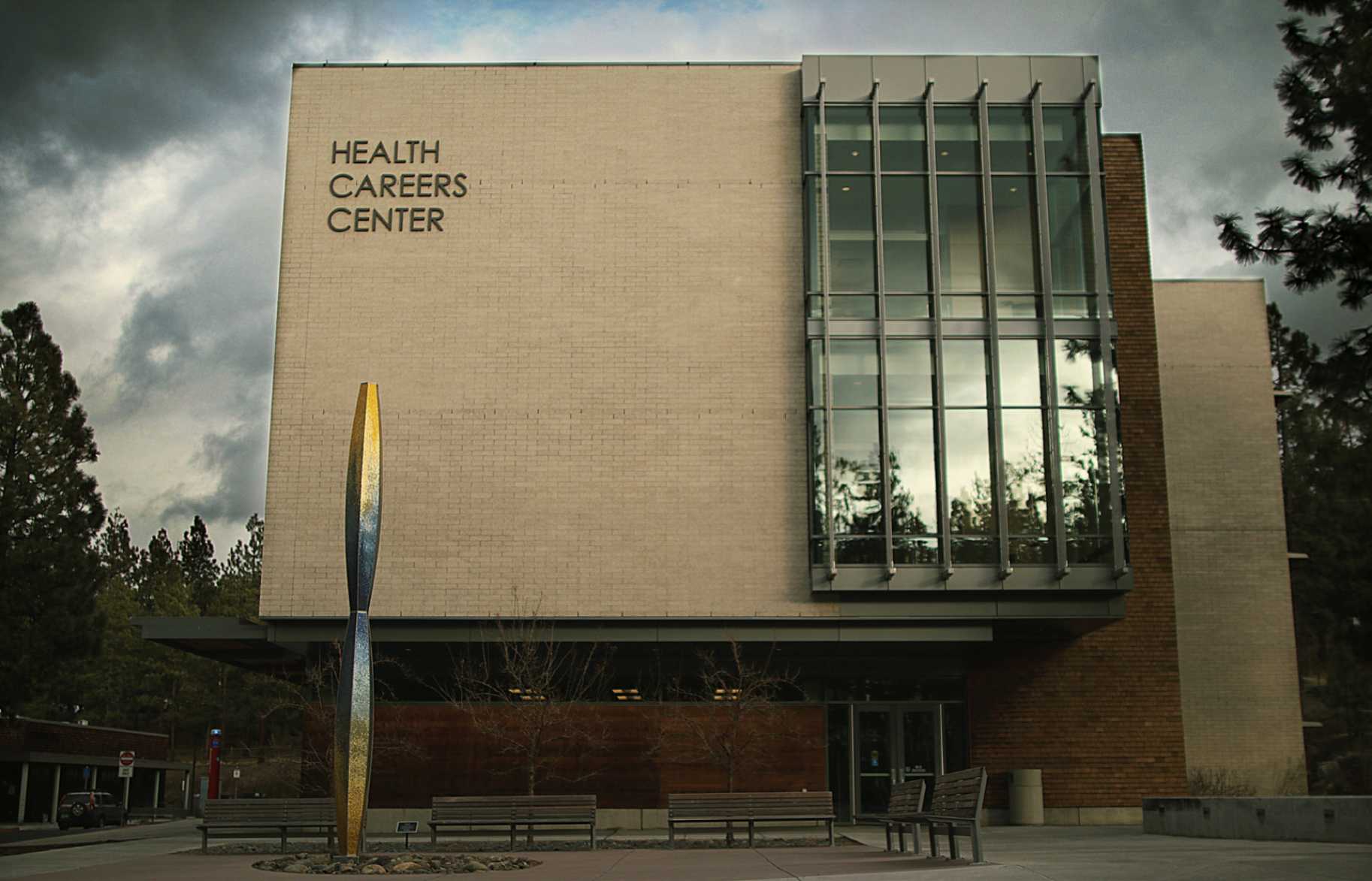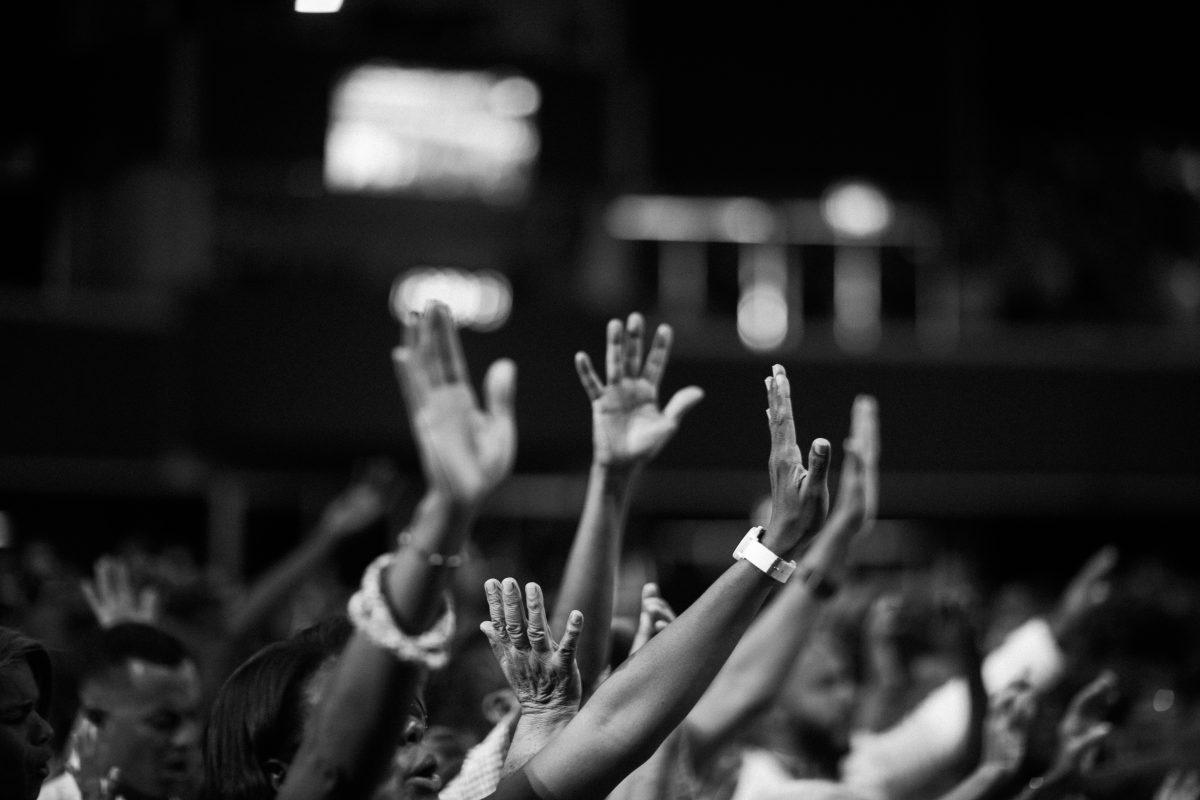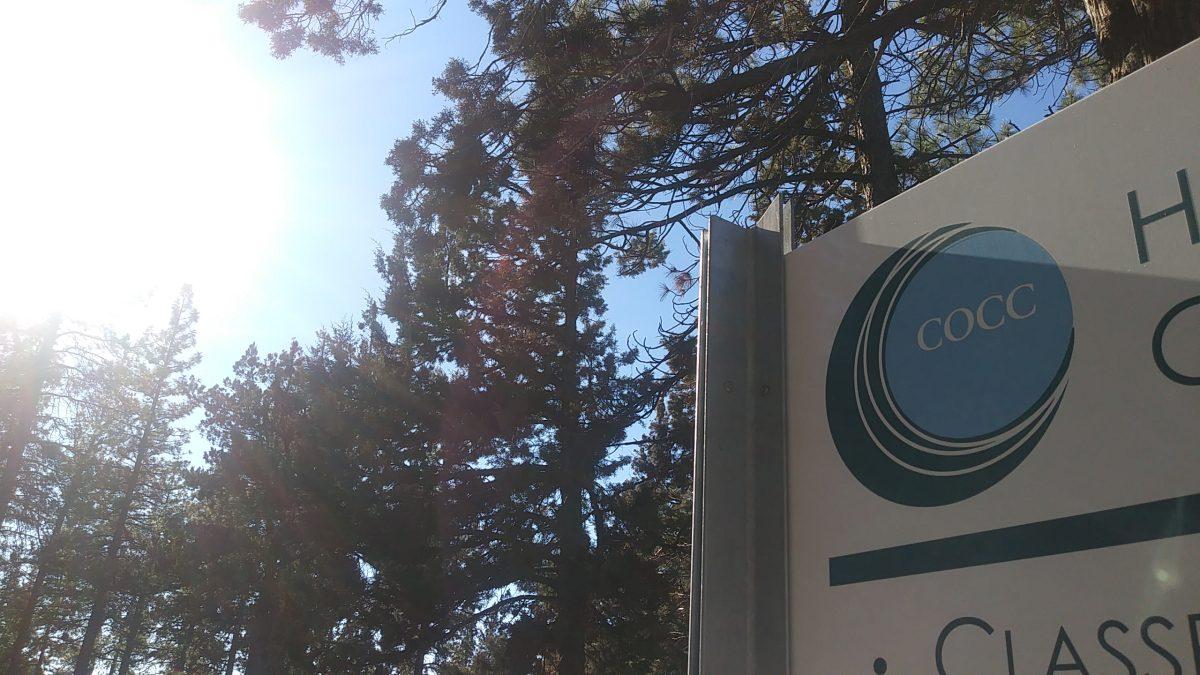By Nolan Wironen and Adam Case | The Broadside (Contact: [email protected] and [email protected])
The year is 201X — little do the students of Central Oregon Community College know that today is the day the world ends. On this day, originating on this campus, a deadly infection takes its first victim, decaying their mind and body into an unfeeling, unthinking, shuffling hunger. As the zombies spread death’s dues around the college, students scramble to find safety from the hoards of their former classmates.
With the upcoming release of the PlayStation 4 game “Days Gone,” a zombie apocalypse game set in Central Oregon, we thought it would be the perfect time to guide you through a theoretical zombie apocalypse on campus. We will be establishing what sort of zombies we’ll be accounting for, and analyzing the best hideouts and strategies for this apocalypse.
“Days Gone” is a made by Bend Studio, located near the Old Mill District in Bend, is a Sony Entertainment development studio, responsible for several titles in the “Uncharted” series on the PlayStation Vita. Their game “Days Gone” is set to be released this year. “Days Gone” is an open world, action and role-playing game set in the near future, where players explore the beautiful and now abandoned wilderness of Central Oregon, seeking to survive this end of days.
“The hazardous environments, scarred by millions of years of volcanic activity, are defined by ancient lava flows, mountains, caves, cliffs and river basins, delivering a breathtaking backdrop to an equally diverse style of gameplay. Cinnabar mines, lava tube caves and small rural towns offer a variety of environments to explore,” according to the Bend Studio website.
Back on campus, aspects of our theoretical zombie apocalypse are up for debate. So we’ll sort out some of the specifics here. For our purposes, the zombie condition will spread as a bacteria, communicable by bite only. Students will not have to be wearing air filtration masks to survive the undead. The matter of mobility matters on our elevated campus. Zombies are able to traverse hills and stairs but not ladders, and they cannot open door knobs or handles. They will band together in hoards to destroy fortifications and overwhelm those inside to feast of their flesh. As an interesting modification to this fiction, deceased zombies will make the air toxic, necessitating the need to dispose of them promptly. Last but not least, as always, the only way to stop a zombie is to destroy its brain.
Now that we know the basics of how this virus works and the overall nature of the zombies, we can now analyze the best course of action. Under the context that the virus originated in Wickiup Hall we can eliminate the dorms as a place you want to be. We can also rule out the dorms because it is both one of the most heavily occupied buildings on campus and has one of the most the most constricting floor plans.
There’s a lot to take into account when deciding which building on campus would be the most logical to hide out in until further help arrives on the scene. Using what we’ve established about zombies, we should try to avoid closed and tight spaces. If the zombies managed to group up in a closed space, clogging will occur, and that could mean a lack of exits and places to run. This could also prove fatal if there is a dead zombie in this constricted space. If they have great hearing, but cannot see, we should also be looking for a naturally loud space to hide in the hopes of obstructing their hearing at least a little bit. Finally, to avoid the building from filling with bodies, we will want a building that’s difficult for them to enter.
We can now make the educated decision about what we’re looking for in a building. For starters, we’ll want a building that is fundamentally strong and hard to breach if barricaded well. This also means we’ll want something with few exits and entrances to the outside so it’ll be easier to barricade. The building will need to be spacious enough inside to leave room for movement and places for escape, if the need arises. It would also be ideal for the building to have some source of natural noise.
Using this criteria, I simplified list of buildings to three: Ponderosa, The Health Careers Center, and the Barber Library. Leaving the only thing left to figure out is which one of these three would be the best candidate for a safe house. So to figure this, out I am going to not only measure each building by the standards made up previously, but also by the variables each one has.
1: Barber Library

Starting with the library, let’s look into each of these buildings with more detail. The Barber Library, next to Coats Campus Center and across the track from the dorms, has multiple stories and lots of entry points and windows, all of which are bad. The building qualifies as a finalist due to the basement floor. The CAP center, only having one entrance and few windows, can’t be overlooked as a decent place to hide out and survive. However, the library has practically no useful supplies such as medical supplies or food besides vending machines, which will run out eventually.
2: Health Careers Center
 One building that does have an abundance of critical supplies would be the Health Careers Center. This building, located across the main road from the Coats Campus Center, is where most of the dental and nursing students study. That means it is chock full of medical supplies. On the downside, the building has more than three entrances and is more window than it is wall. It has some spacious rooms but not nearly as many as the library. Both of these buildings don’t have any noticeable source of natural noise, which brings us to our last option.
One building that does have an abundance of critical supplies would be the Health Careers Center. This building, located across the main road from the Coats Campus Center, is where most of the dental and nursing students study. That means it is chock full of medical supplies. On the downside, the building has more than three entrances and is more window than it is wall. It has some spacious rooms but not nearly as many as the library. Both of these buildings don’t have any noticeable source of natural noise, which brings us to our last option.
3: Ponderosa

Ponderosa is the building located up the hill from Boyle Education Center. It serves as the primary building for forestry, fire science, paramedicine, and automotive classes. The structure itself is two stories, with the lower being below ground level. The majority of the building is made of solid concrete and only has three access points. Some rooms on the lower level have windows, but most of the windows are on the top floor. An ambulance, among other service vehicles, sits outside at the back of the building, which could be used to escape. The paramedicine program provides several different forms of medical supplies. The automotive students use plenty of power tools and generators which could make the interior of the building noisy should any zombies get in. Downsides include having to block all entrance ways besides the long walkway attached to the main road and the not-so-spacious hallways between classrooms. Ponderosa would probably be the best building to try to hide out in this hypothetical apocalypse.
Mia Kelsey, second year student and resident on campus, has little hope in the face of such an event, “I would die. I guess I’d have to heroically sacrifice myself because there’s no way I could survive.” To someone with more hope, she recommends camping as a means of survival. “Just grab a bunch of gear and head out into the middle of nowhere.”
One such optimist, is a first year student at COCC. When asked her thoughts on the theoretical apocalypse, she said she felt safe because of her military family, “we’d have lots of guns around so we’d be protected, but sometimes they don’t make me feel so safe.” She also offered an interesting factor to consider in a Central Oregon zombie plague. She reminds us that since zombies have no pulse or blood flow they’re very cold. Should this apocalypse happen in the winter, they would likely freeze in place at night. At which point she would, “Shoot them like the little pests they are.”
The United States Government has a surprising amount to say when it comes to the matter of a zombie apocalypse. Both the Center for Disease Control and the Pentagon have released a response plan for a zombie attack as an exaggerated, hypothetical example for training template how to plan for real-life catastrophes. The Pentagon’s 31-page plan, titled Conplan 8888-11, comes in three basic stages: apply defensive strategies to protect the survivors, eliminate the threat of the undead, and last to restore law and order to what remains. The plan only became official when it’s value as an emergency response training scenario became clear.
The Center for Disease Control gives a guide for individuals to use in the event of such an emergency, beginning with assembling a disaster kit. The contents of this kit include food (nonperishable), water (1 gallon per person per day), medications, tools/supplies (pocket knives, duct tape, portable radio etc.), clothes, hygiene necessities and a first aid kit. Once you’ve assembled your kit, the CDC says to make a plan. Your plan should include a safe meeting place, a route, and communication with loved ones and emergency services.
Band together, students. Though the dead may never come, there are any number of natural disasters which may require the same response. So assemble your kits, find safety, and make a plan. ■


![Nolan Wironen (left) and Adam Case (right) showcasing what zombies [might] act like.
Photo by Katya Agatucci | The Broadside (Contact: kagatucci2@cocc.edu)
Edits by Spencer Light | The Broadside (Contact: slight@cocc.edu)](https://thebroadsideonline.com/wp-content/uploads/2018/02/2zombies-1-1200x860.jpg)





